The Natural Food Flavor Market is currently characterized by a dynamic competitive landscape, driven by increasing consumer demand for clean-label products and natural ingredients. Key players are actively engaging in innovation and strategic partnerships to enhance their market positioning. Companies such as Givaudan (CH), International Flavors & Fragrances (US), and Symrise (DE) are at the forefront, focusing on sustainability and product diversification. Their collective strategies not only reflect a commitment to meeting consumer preferences but also shape the competitive environment by fostering a culture of continuous improvement and adaptation.
In terms of business tactics, companies are increasingly localizing manufacturing to reduce lead times and enhance supply chain efficiency. The market appears moderately fragmented, with several players vying for market share. However, the influence of major companies like Kerry Group (IE) and Sensient Technologies (US) is substantial, as they leverage their extensive distribution networks and technological capabilities to optimize operations and respond swiftly to market changes.
In August 2025, Givaudan (CH) announced a strategic partnership with a leading organic farming cooperative to enhance its sourcing of natural ingredients. This move is significant as it not only strengthens Givaudan's supply chain resilience but also aligns with the growing consumer preference for sustainably sourced products. By integrating local agricultural practices, Givaudan is likely to enhance its product authenticity and appeal to environmentally conscious consumers.
In September 2025, International Flavors & Fragrances (US) launched a new line of plant-based flavor solutions aimed at the growing vegan market. This initiative underscores the company's commitment to innovation and responsiveness to emerging consumer trends. By expanding its product portfolio to include plant-based options, IFF is positioning itself to capture a larger share of the market, particularly among health-conscious consumers seeking natural alternatives.
In July 2025, Symrise (DE) unveiled a digital platform designed to streamline customer interactions and enhance product customization. This digital transformation initiative is indicative of the broader trend towards integrating technology into business operations. By leveraging data analytics and customer insights, Symrise aims to improve its service offerings and foster deeper customer relationships, which could lead to increased loyalty and market share.
As of October 2025, the competitive trends in the Natural Food Flavor Market are increasingly defined by digitalization, sustainability, and the integration of artificial intelligence. Strategic alliances are becoming more prevalent, as companies recognize the value of collaboration in enhancing innovation and operational efficiency. Looking ahead, competitive differentiation is likely to evolve from traditional price-based competition to a focus on innovation, technological advancement, and supply chain reliability, reflecting the changing landscape of consumer preferences and market demands.


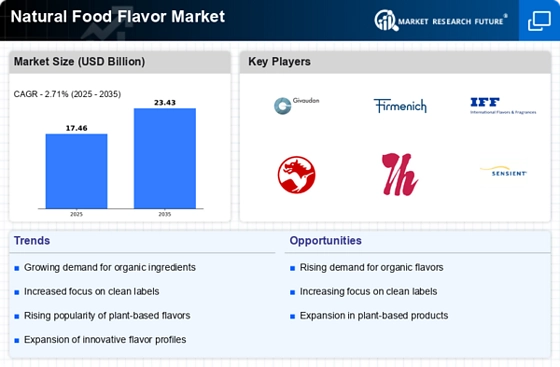
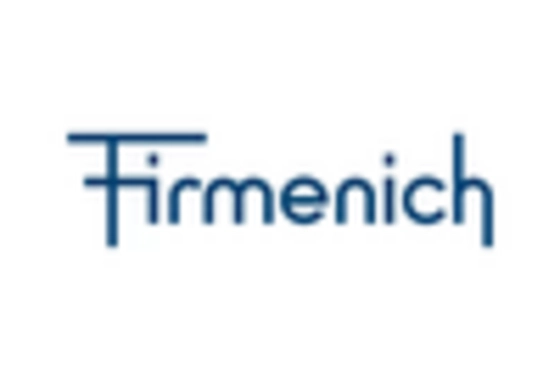
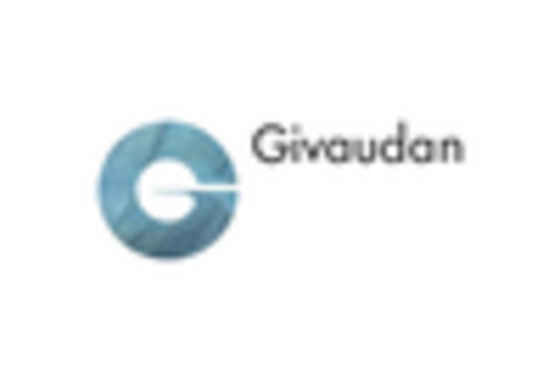
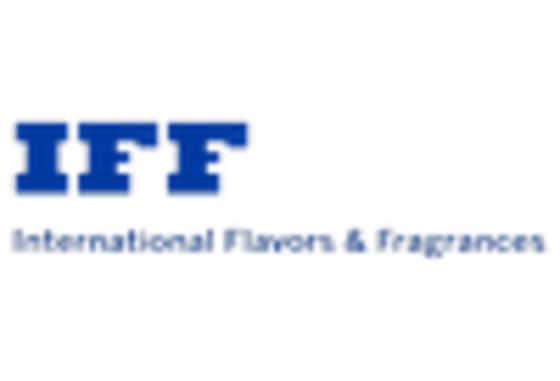
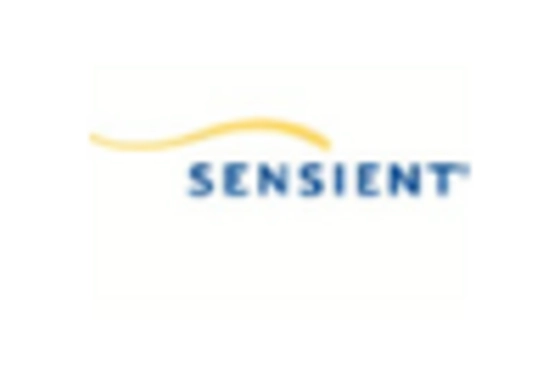










Leave a Comment